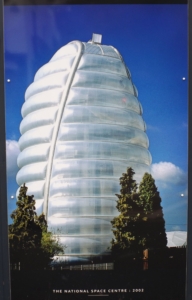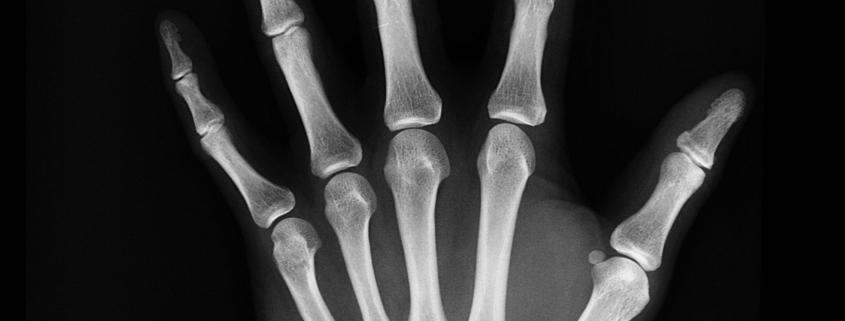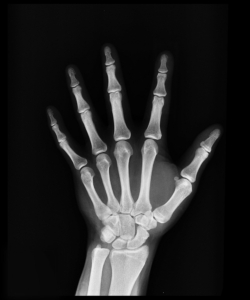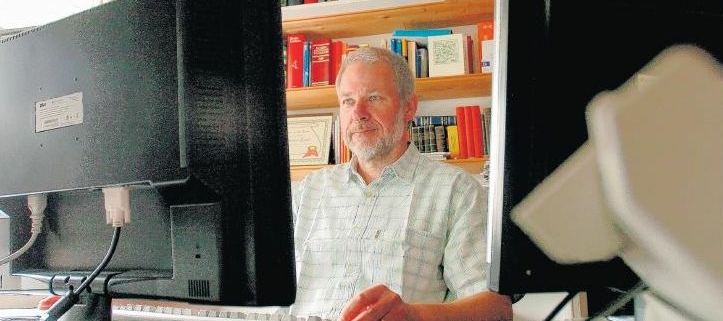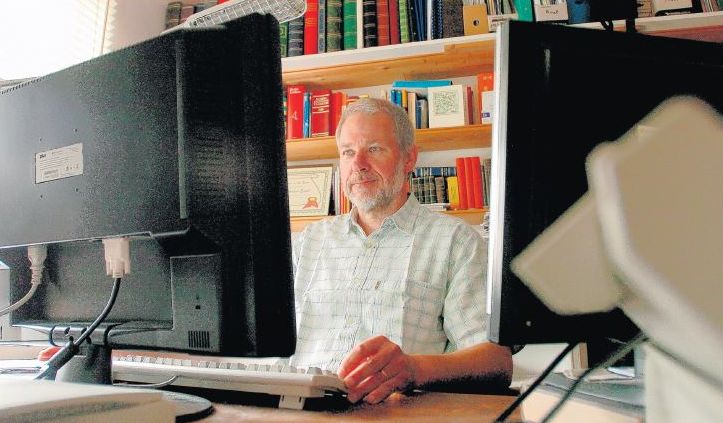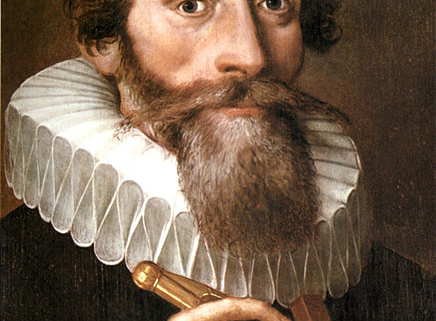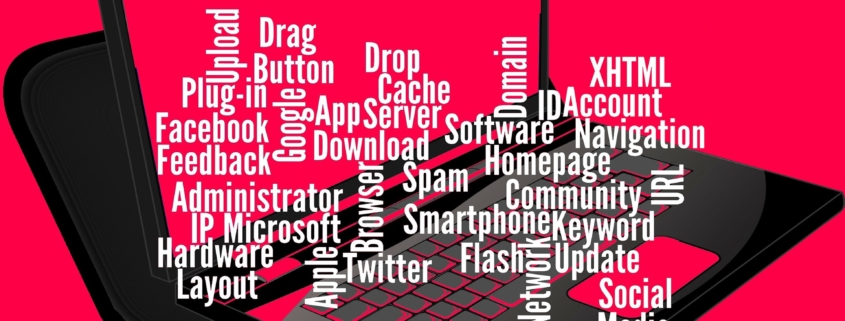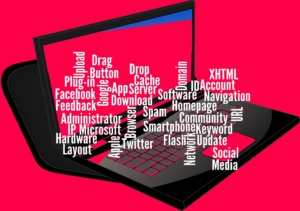HE Translations celebrates 30 years of linguistic excellence
 This year marks a remarkable milestone for HE Translations – a proud 30-year anniversary of delivering top-tier language services. Since its inception, HE Translations has been at the forefront of bridging cultural and linguistic gaps, empowering businesses and individuals to communicate seamlessly across borders.
This year marks a remarkable milestone for HE Translations – a proud 30-year anniversary of delivering top-tier language services. Since its inception, HE Translations has been at the forefront of bridging cultural and linguistic gaps, empowering businesses and individuals to communicate seamlessly across borders.
Over the past three decades, HE Translations has evolved from a small local agency to a trusted global partner, reflecting our unwavering dedication to quality, precision and adaptability. We have continually expanded our language portfolio from German to include Chinese, Danish, Dutch, French, Italian, Japanese, Korean, Polish, Portuguese, Russian, Spanish and Swedish, embracing new industries and emerging technologies to meet the diverse needs of our clients, with particular focus on renewables.
Our commitment to excellence is rooted in a passion for understanding and translating complex concepts. Whether facilitating international business negotiations, providing cultural consulting or translating technical manuals, HE Translations strives to deliver clarity and accuracy in every project.
We owe our success to our talented team of linguists and clients who have supported us through decades of change and challenge. Their trust and collaboration have been instrumental in driving innovation and maintaining our reputation for reliability.
Have you tried AI for translation and found it surprisingly good at first glance, but then realised that it is still inadequate in situation like yours where professionalism is key? Get in touch!
As we celebrate this significant anniversary, we look forward to continuing our mission of breaking down language barriers and fostering global understanding. Here’s to the next 30 years of growth, collaboration and excellence in translation services. Thank you for being part of our story.





